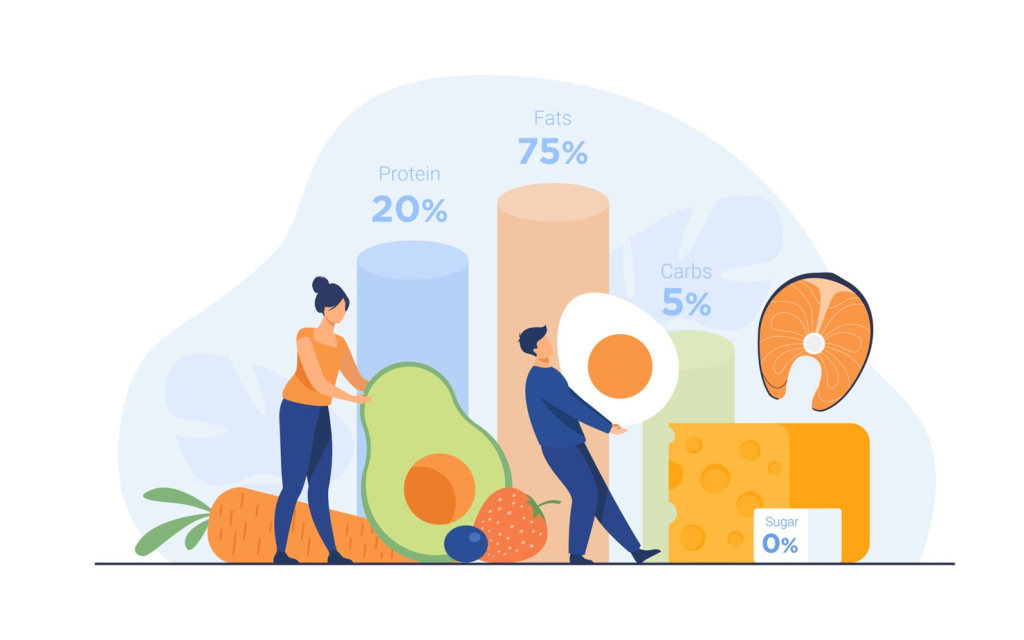Emotional eating is on the rise—and it’s not hard to understand why. In a world grappling with burnout, 24/7 connectivity, and increasingly blurred lines between work and rest, food has become more than just fuel. It’s comfort, distraction, and, sometimes, a stand-in therapist. But how do you know if you’re eating out of genuine hunger—or because you’re stressed, bored, or overwhelmed?
Understanding emotional eating is more critical than ever, especially in 2025, where wellness trends, digital stress, and post-pandemic lifestyle shifts collide.

What Is Emotional Eating?
At its core, emotional eating is when we use food to cope with feelings rather than satisfy physical hunger. It’s not inherently “bad” to find comfort in food occasionally—after all, our relationship with food is deeply personal and cultural. However, when eating becomes a go-to response for emotional discomfort, it can spiral into unhealthy patterns.
Common Emotional Triggers:
- Stress: Elevated cortisol levels can increase cravings for high-fat, high-sugar foods.
- Anxiety or Depression: Food provides temporary relief but often leads to guilt.
- Loneliness or Isolation: Especially post-pandemic, people are still rebuilding social lives.
- Boredom: Eating to fill a void in routine or stimulation.
- Fatigue: When we’re tired, we often misinterpret the body’s signals and reach for quick energy.
📌 Struggling to tell the difference? Use our Hunger vs. Craving Checklist.
Why Emotional Eating Is Booming in 2025
Several social and cultural shifts have contributed to the surge:
1. Post-Pandemic Behavioral Shifts
Lockdowns and isolation altered how we eat and relate to food. For many, food became a primary source of comfort. Though life has largely returned to normal, the psychological habits remain.
2. Work-from-Home Burnout
The convenience of snacking at home and the lack of clear work-life boundaries makes emotional eating more accessible—and more difficult to recognize.
3. The “Mood Food” Trend
The wellness industry has embraced the concept of “mood food,” suggesting that what we eat can directly affect how we feel. While there is some scientific basis for this (such as the gut-brain connection), it also promotes a problematic view that food should manage emotions. According to Food Navigator, “mood food” is a booming market in 2025.
📌 Want to explore how nutrition impacts your mood? Visit our Mental Wellness & Nutrition page.
The Cycle of Emotional Eating
Emotional eating tends to follow a specific, damaging cycle:
- Emotional Trigger: Stress, sadness, loneliness, etc.
- Craving for Comfort Food: Often high in sugar, salt, or fat.
- Overeating or Bingeing: Eating past fullness.
- Guilt or Shame: Negative self-talk sets in.
- Repeat Behavior: Emotions intensify, leading to more emotional eating.
Understanding this cycle is the first step in breaking it.
The Hidden Health Risks
While occasional emotional eating isn’t cause for alarm, frequent reliance on food for emotional regulation can lead to:
- Weight Gain and associated conditions (e.g., type 2 diabetes, hypertension)
- Poor Gut Health, especially if relying on processed or fast foods
- Sleep Disruption, due to eating close to bedtime or poor nutrition
- Low Self-Esteem, especially when guilt or body image issues arise
According to Harvard Primary Care, nearly 1 in 5 adults identify as frequent emotional eaters—a figure that continues to rise in 2025.
How to Tell If You’re Really Hungry
Recognizing true physical hunger is key. Here’s how to check:
Physical Hunger:
- Builds gradually
- You’re open to a range of foods
- You stop eating when full
- You feel satisfied
Emotional Hunger:
- Comes on suddenly
- Craves specific foods (usually high-sugar/salt)
- Persists even when full
- Triggers guilt or shame afterward
📌 Learn more in our Healthy Eating Habits Guide.
6 Effective Strategies to Manage Emotional Eating
1. Practice Mindful Eating
Instead of eating on autopilot:
- Turn off screens
- Eat slowly and chew thoroughly
- Tune into your body’s signals
📌 New to this? Start with our Mindful Eating Toolkit.
2. Identify Your Emotional Triggers
Use a food and mood journal. Track:
- Time of day
- What you ate
- How you felt before and after
3. Build an Emotional Toolbox
Replace food with:
- A walk or quick exercise
- Journaling or drawing
- Breathing exercises or meditation
- Calling a friend
4. Create a Distraction List
When a craving hits, refer to a pre-written list of alternate activities:
- Listening to a podcast
- Stretching or yoga
- Taking a hot shower
- Reading or watching a short video
5. Plan Balanced Meals
Don’t skip meals or restrict yourself heavily. Balanced meals with fiber, protein, and healthy fats can stabilize mood and reduce cravings.
6. Seek Professional Support
If emotional eating is impacting your quality of life:
- Consider therapy (CBT is especially effective)
- Work with a dietitian who understands eating behaviors
- Join a structured program
📌 Explore our Emotional Eating Recovery Program for long-term support.
Building a Better Relationship With Food
This isn’t about perfection. Everyone eats emotionally sometimes. The goal is to create awareness, build resilience, and reconnect with your body’s signals. When you do, you’ll be better equipped to make choices that nourish not just your body, but your mental and emotional well-being.
Remember, you’re not alone in this. Emotional eating is a shared human experience—and one that can be managed with patience, understanding, and the right tools.









